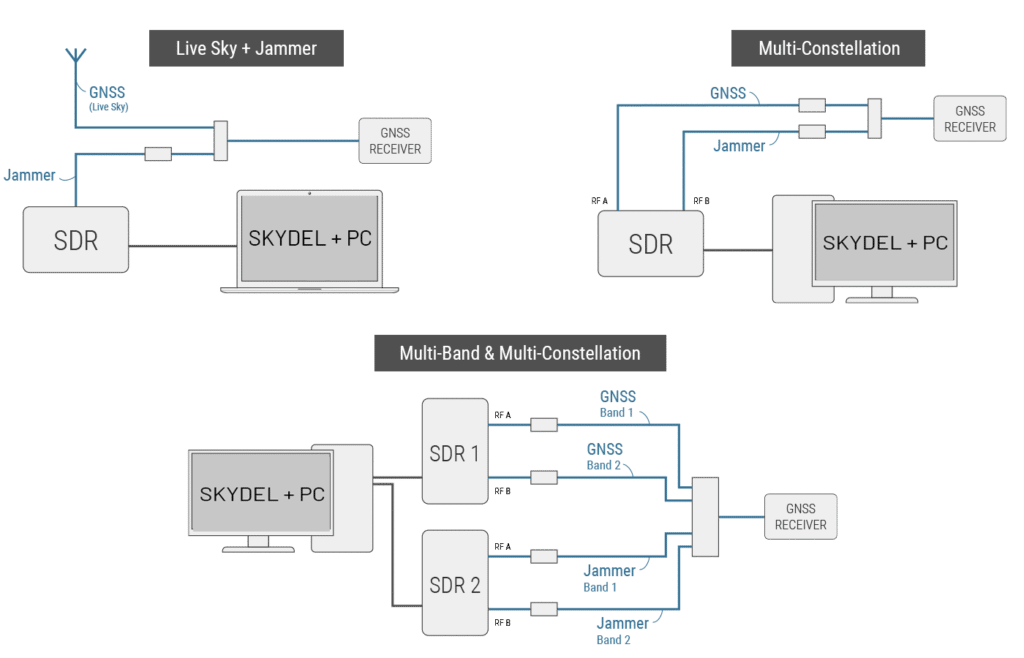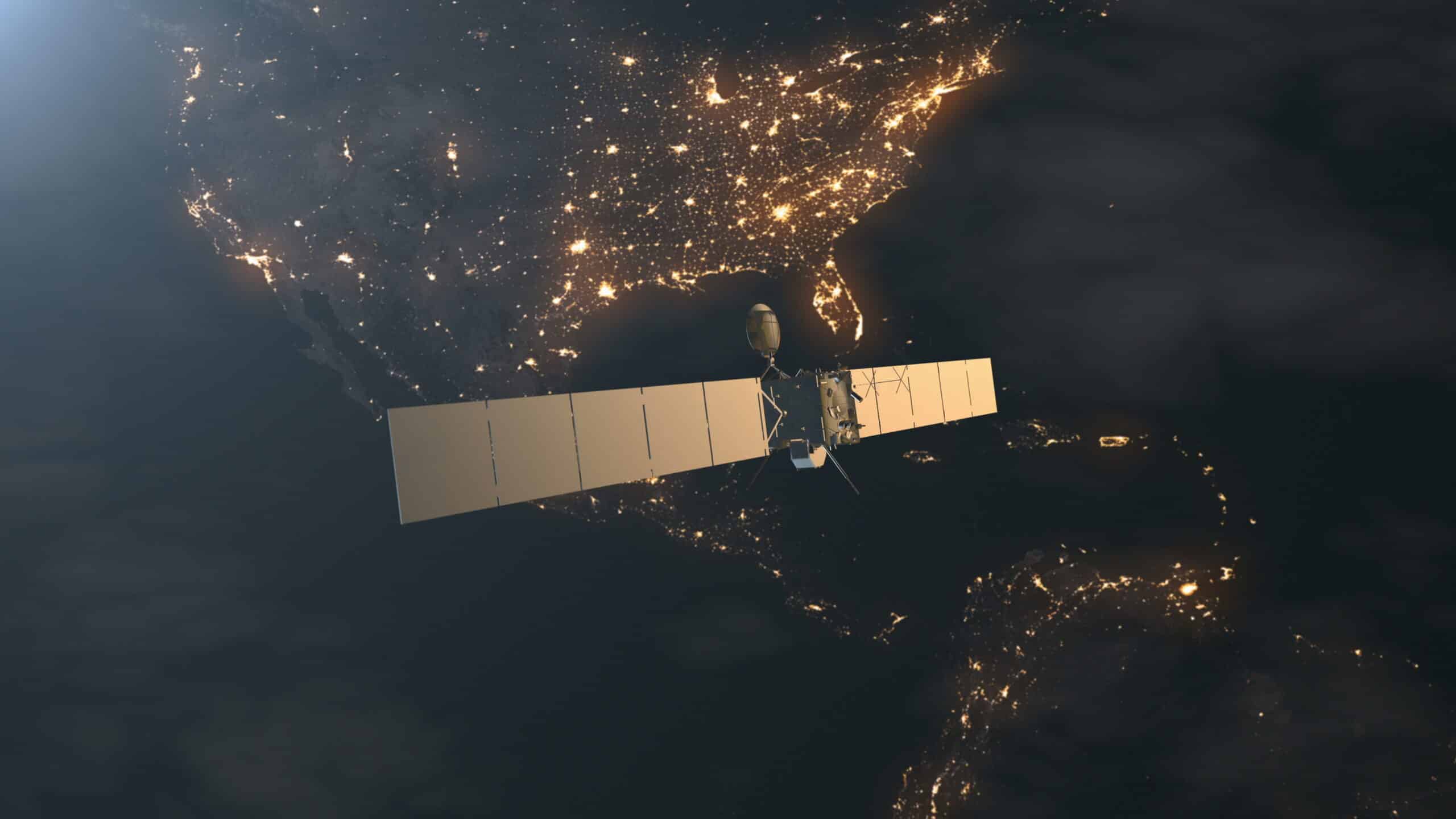Let’s Talk About Satellite Signal Interference
For more than a decade now, we’ve been warned about the vulnerabilities of GNSSGlobal navigation satellite system (GNSS): A general term describing any satellite constellation that provides positioning, navigation, and timing (PNT) services on a global or regional basis. See also and the risks of satellite signal interference, including jamming and spoofing, as well as the general lack of robustness of GNSS-enabled devices to various interferences. According to the founding architect of GPSGlobal Positioning System is a navigation satellite system. See also, Brad Parkinson, GPS signals – as well as any other GNSS constellation – are becoming increasingly susceptible to threats such as deliberate signal jamming, or advanced spoofing.
Despite recent examples that the situation is both real and serious, not much has been done since to make the various GNSS/GPS devices that we use daily better able to resist adverse conditions. And as we’ll see below, public RF signal usage is both widespread and often embedded in critical public infrastructure—to the obliviousness of many system designers and engineers.
But let’s first rewind a bit and get to the root of the problem.
Why is GNSS vulnerable?
The GNSS signals coming from the sky are very weak to start with. For example, let’s assume that GPS signals are transmitted at 52 dBm (meaning 158 W). With GPS satellites flying at an altitude of approximately 20,200 km, they have to travel a long distance to get to the Earth. Once the signal has traveled through the atmosphere, the resulting power at the receiver antenna is -130 dBm. For those who love lots of zeros after the decimal place, that is 0.0000000000000001 W (1e-16 W). At the Earth’s surface, these weak signals are very susceptible to interference and jamming.

GNSS/GPS signal attenuation from satellite to the surface
RF interference can be intentional or not
Unwanted signals can originate—often inadvertently—from a variety of sources, including adjacent RF bands, with powerful signals “spilling over” the good ones. Poorly designed electronic appliances and “sub-system” interference from a device’s internal components can also create interferences with various negative effects resulting, such as malfunctions, erratic behaviours, and stoppages, as well as positioning and timing errors. With the number of devices using RF continuing to grow, the risk of interference problems occurring is growing as well.
Then there are intentional interferences. These can come from illegal jamming devices—readily available online—such as those used by employees trying to defeat their employer-installed tracking devices. They usually have an operating range greater than the area they are designed for, thus jamming other RF devices around them. (In famous example from 2013, a construction worker effectively shut down aircraft satellite tracking systems at Newark Airport as he sought to override a company-mandated location tracking device in his vehicle.)
Jamming can also come from full-blown NAVWARNavigational Warfare See also systems specifically used as electronic weaponry to jam and spoof the other side’s navigation and communication capabilities. However, it doesn’t need to be a multi-million dollar, military grade endeavor to be effective: a hobbyist using GNU Radio with an inexpensive SDR and possessing some basic RF knowledge can create significant damage and disruption
If these cases seem too far-fetched or infrequent to be worth worrying about, it’s largely because the public ignores the extent to which GNSS are used for critical infrastructure. For example, a significant portion of the equipment used in power grids relies on GNSS timing for synchronization and is therefore vulnerable to jamming, with the obvious potential consequences. (It is likely that even more of our modern technical infrastructure than we are aware of relies on these public signals.) This infrastructure uses electronic components of widely varying quality, often integrated from multiple parts into a greater system that is then deployed in the field—often untested for RF vulnerabilities. And technology marches on: we’re constantly exploring new applications, such as V2X (for autonomous transportation) that will rely heavily on radio frequencies to ensure safe and predictable public service.
Satellite Signal Interference and jamming is a reality and it is everywhere
So, what about testing?
We know that field testing, such as using the live sky, is incomplete at best. First, it’s non-repeatable and it makes data analysis very difficult. Second, it’s very expensive in the long run, especially for addressing a broad range of conditions.
That leaves us with the only viable means of providing a more robust and predictable approach: in-lab testing. However, the current major obstacle to in-lab testing is the lack of an easy, flexible, and affordable interference and jamming testing solution. Let’s take a look at the current “best-of-class” GNSS interference test bench: a convoluted, complex, purpose-built mix of simulator, connectors, and signal generators — often stacked to the ceiling — designed to provide multiple interferences. It’s often set up as follows:

Sample setup of a conventional interference/jamming test bench
That’s a lot of expensive hardware—as complex interference testing needs increase, the hardware requirements grow as well—and we’re conveniently ignoring the integration required to make it all work together. As a solution, it’s lacking in intuitiveness and ease of use.
The future of interference testing starts now
At Skydel, we’ve been working hard to resolve the situation and provide an effective interference simulation solution. The next release of Skydel will feature a powerful, new, and flexible interference module that will be fully integrated with the other elements of the GNSS simulation stack.
And thanks to software-defined radios (SDR), no additional hardware is required. How is this possible?
- SDR can be used to generate GNSS signals as well as interferences. There’s no need to add dedicated or expensive hardware specifically for jammers.
- The SDR is only used for transmitting RF. This is because interference modulation is performed through calculations by the computer’s GPU (just like GNSS signals), which allows it to simulate a vast number of jammers simultaneously.
- A software-defined radio such as the USRP X300 can generate jammers on multiple bands, across multiple frequencies.
- Interferences thus created can be static or dynamic and are part of the GNSS simulation; they can be interacted with, viewed on the map, controlled by the UI and/or API, and more.
To better visualize the capabilities of such a solution, here are some examples of interference testing hardware configurations using either a single or dual SDR set-up.

Three different setups for interference testing using SDR and Skydel software-defined GNSS Simulator
With Skydel, the future of interference testing is poised to change forever—and for the better. Skydel is a software-based GNSS Simulation platform that generates the same RF signals as real satellites, empowering test engineers to simulate any scenario and test their GPS receiver device. Skydel leverages GPU-accelerated computing—paired with a software-defined radio, or SDR—which makes for a truly efficient interference testing platform. To learn more about Skydel, watch our 10-minute On-Demand Demo. It’s free. Simply provide your contact information and you’ll be instantly redirected to the Skydel On-Demand Demo.


